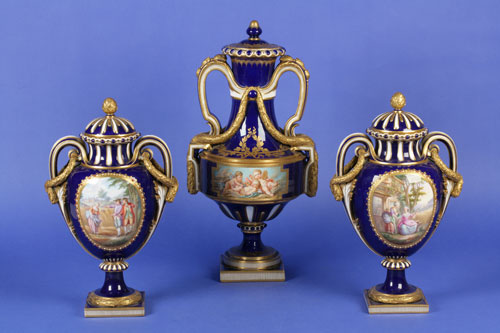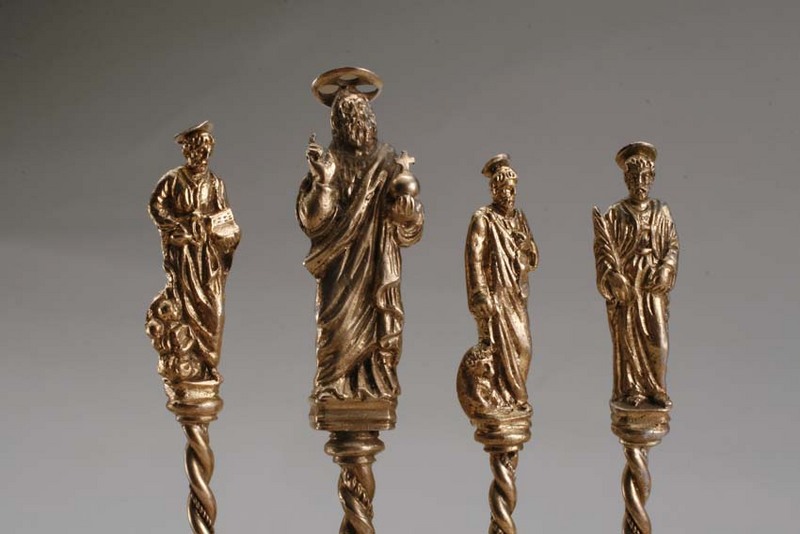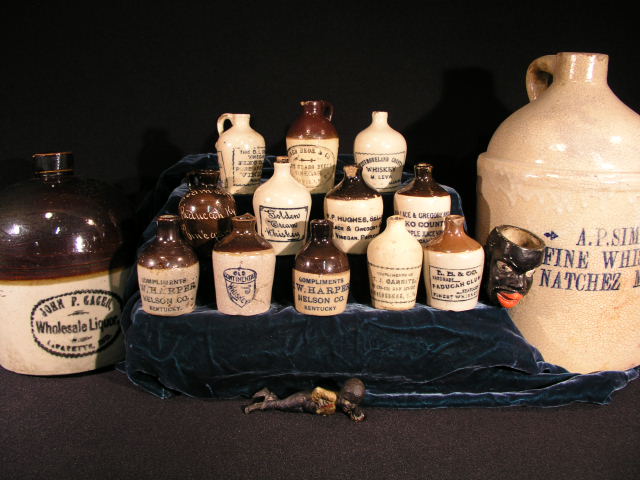Tea, coffee and chocolate became fashionable in the late 17th century, and over the next two centuries large numbers of pots for serving these drinks were made.
Dating and condition
The shapes of tea and coffee pots can help with dating them, but because many 18th-century styles were repeated in the 19th and 20th centuries you need to check the marks on the base to tell whether the piece is a later reproduction. There is nothing wrong with buying, say, a 19th-century coffee pot in an 18th-century style, provided the marks are correct for the date it was made and the pot is priced as a reproduction.
Bear in mind that coffee and teapots were made to be used and may have become well worn as a result. Before you buy one examine it carefully for damage, which can be expensive to restore.
Teapots
The “bullet” teapot at the top of the page has a lid with a concealed hinge, which was attached before the base was soldered on. One like this would be worth £3,000 or more. Check lids carefully before buying – if the hinge is weak it may be impossible to restore.
Decoration can help with dating. This piece shows a technique known as bright-cutting, which was popular in the late 18th century. This sort of pot would fetch between £1,500 and £2,000.
Some 19th-century teapots were so elaborate it is hard to imagine they were ever used! This one, made in 1814, is covered with undulating foliage and has a handle made to look like bark. It’s worth between £1,500 and £2,000.
What to look for:
- check the point where the handle joins the body to make sure it’s secure
- examine the hinge on the lid – make sure it’s not weak or restored
- make sure the spout isn’t split
- breathe on the finial and around the spout and hinges – this helps to show up repairs
Coffee pots
The mark of a well-known maker can add enormously to the value of any piece of silver. This 1734 coffee pot was made by Paul de Lamerie, so it would be worth over £30,000, but a pot by a lesser name could cost £4,000 to £6,000.
One of the most acclaimed silversmiths of the 18th century, de Lamerie was a French Huguenot (Protestant refugee) who built up a prosperous London business. De Lamerie’s clients included royalty and his most famous pieces were very lavishly decorated.
Other important names
Besides Paul de Lamerie, look out for pots by:
- the Bateman family
- the Fox family
- Philip Rollos
- Paul Storr
Chocolate pots
The de Lamerie coffee pot above could have been used either for coffee or chocolate, but pots which have a removable finial (the decorative knob) on top, with a hole in the lid for a swizzle stick to stir the sediment, are usually termed chocolate pots.
Alterations
During the 19th century, covered tankards such as the one on the left became unfashionable and were sometimes converted into coffee pots. The pot on the right has been converted – this is fine as long as the additions are marked.















